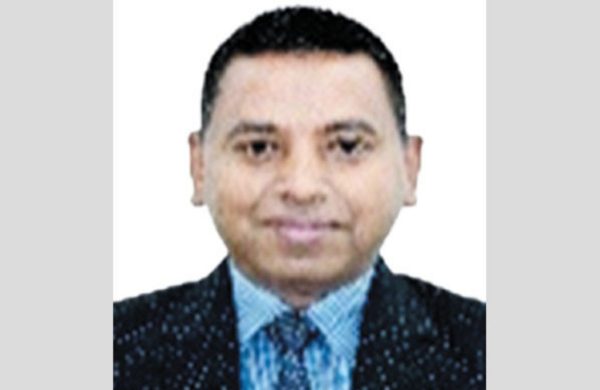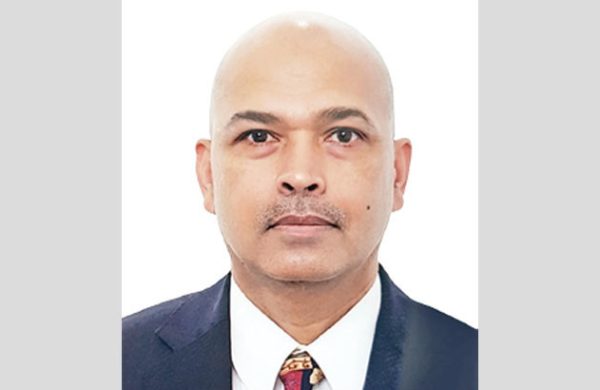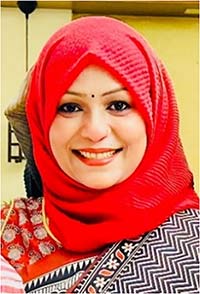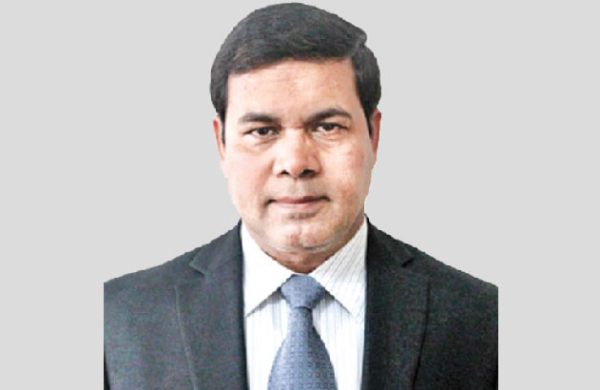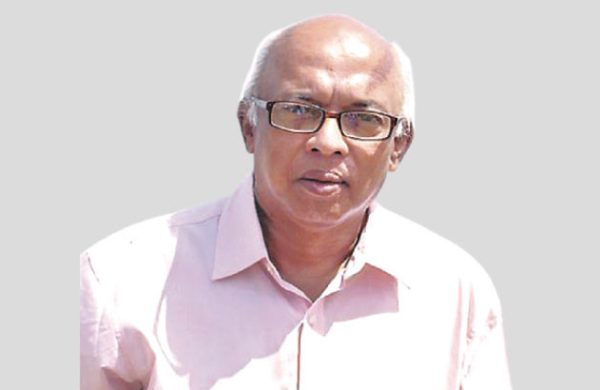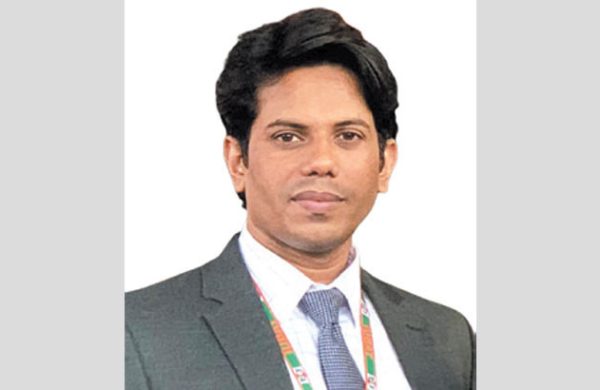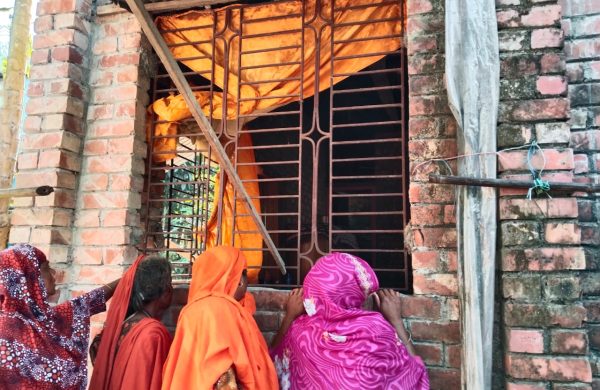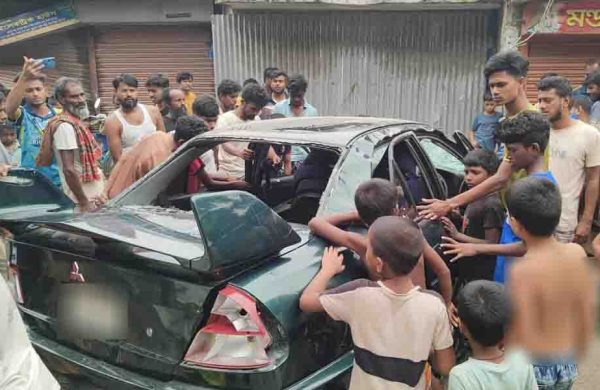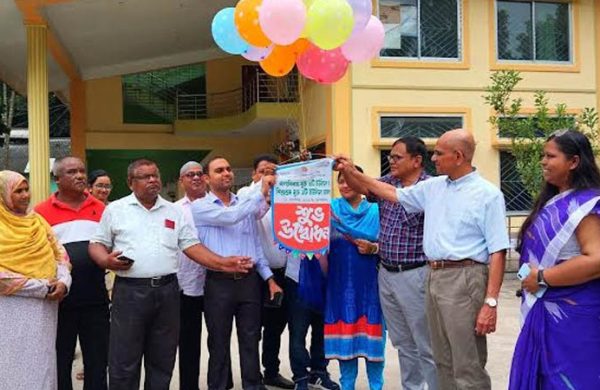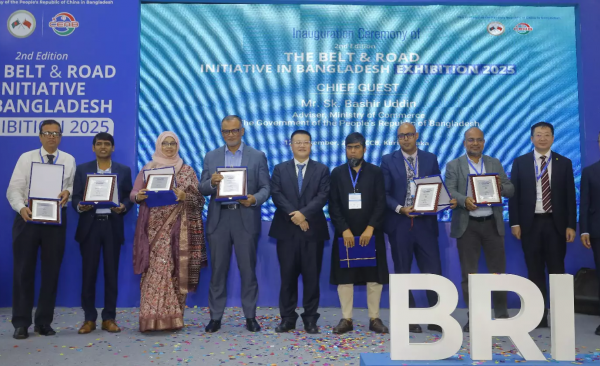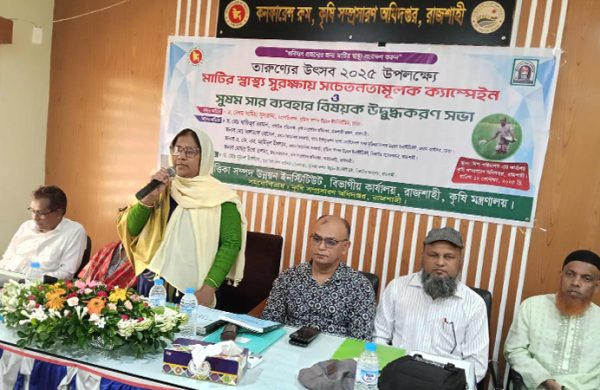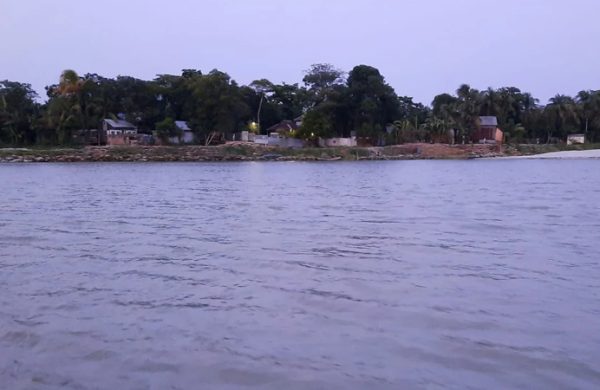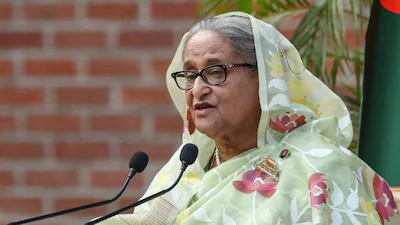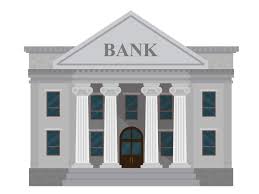Funding for Countering Extremist Ideas
- Update Time : Thursday, May 23, 2024

Mahfuzur Rahman
Terrorism is an old term, but somehow becomes more prominent in the global politics since the airplane attacks at Twin Towers on 11 September 2001 and more so when the then U.S. President George W Bush uttered the term War on Terror. The U.S. authorities then also coined the term ‘violent extremism’, perhaps to catch correctly the inner sense of recent global terror phenomena. Violent extremism can be something less than terrorism or at times more than terrorism. It definitely arises from extremist ideologies. It means it is not only the act but rather the ideology that needs to be looked at.
U.S. President Barack Obama, while delivered his speech at the Summit on Countering Violent Extremism in February 2015, mentioned his address to ‘community groups from the United States’ to focus on how to “empower communities to protect their families and friends and neighbours from violent ideologies and recruitment”.
Therefore, it is understood that the philosophy of strengthening community to fight the rise of violent extremism has become one of the cores of U.S. foreign policy.
The possibility of creating a global fund to counter-terrorism was announced at the fourth counterterrorism forum in September 2013, and eventually, the Global Community Engagement & Resilience Fund – GCERF was floated in Geneva the following year. GCERF vows to strengthen “community resilience by supporting local initiatives to address the drivers of violent extremism”.
Bangladesh is not a member of the Counterterrorism Forum, but a partner of GCERF. Bangladesh has occupied a seat on its board and is one of the early recipients of its fund.
GCERF works in a different manner compared to many other such global funds. It is administered by its board that comprised of not only the donor countries, but also the recipient countries, and the donor institutions including the private donors. It does not provide any fund to the governments but engage the governments through a national partnership mechanism.
It does not design any project but evaluates the programmes that are proposed by the recipients through the national mechanism. The fund goes mostly to the organisations that deal with youth, but the projects and the recipients are endorsed through the national mechanism.
Therefore, there is no conflict with the government. Since 2015, 41 youth organisations in Bangladesh received more than US$10 million against 88 individual programmes. According to GCERF, the direct beneficiaries in Bangladesh are around fourteen lakh, whereas around one crore people are benefitted indirectly. Most of these programmes were in Chattogram and in bordering areas of Khulna and Rajshahi.
Bangladesh was placed 23rd in the Global Terrorism Index in 2014 prepared by Institute for Economics and Peace. It was further worsened when the Holey Artisan Bakery terrorist incident of 2016 took away a number of lives. It has then improved its position gradually, and in 2023, it placed itself at 43.
An impressive uplift indeed! GCERF has identified that during the pandemic-led closure of educational institutions in Bangladesh when students and youth were more dependent on online sources, they were at increased risk of radicalisation through popular social media platforms.
Despite that GCERF expressed its satisfaction at the impressive improvement of Bangladesh in the terrorism ranking. It presumed that Bangladesh had successfully crossed the threshold, and therefore, eventually decided not to finance any more programme in Bangladesh.
GCERF administrators came to Bangladesh recently, praised Bangladesh for its success, and along with the Ministry of Foreign Affairs, celebrated Bangladesh’s graduation. Bangladesh also thanked GCERF and expressed its pleasing experience for the combined journey. However, the question remains whether the threats of terrorism, radicalisation or violent extremism have eroded from our society.
Everyone understands that considering the large youth population, fewer economic opportunities, inadequate access to higher and appropriate education and scarce employment opportunities, a huge chunk of youth are still vulnerable and prone to extremist ideologies.
Therefore, continuous programmes are required to ensure the availability of opportunities for the youth and adequate means are required for developing their mental health. GCERF is a source of funds, but not the only one. GCERF has its agenda and runs through its policy. Bangladesh should not let the absence of GCERF felt in the ground. Rather the government should fill the void by extending its own hands. The youth definitely is the driving force of the country; so, investing in them is always beneficial.
_______________________________
The writer is a former Ambassador


